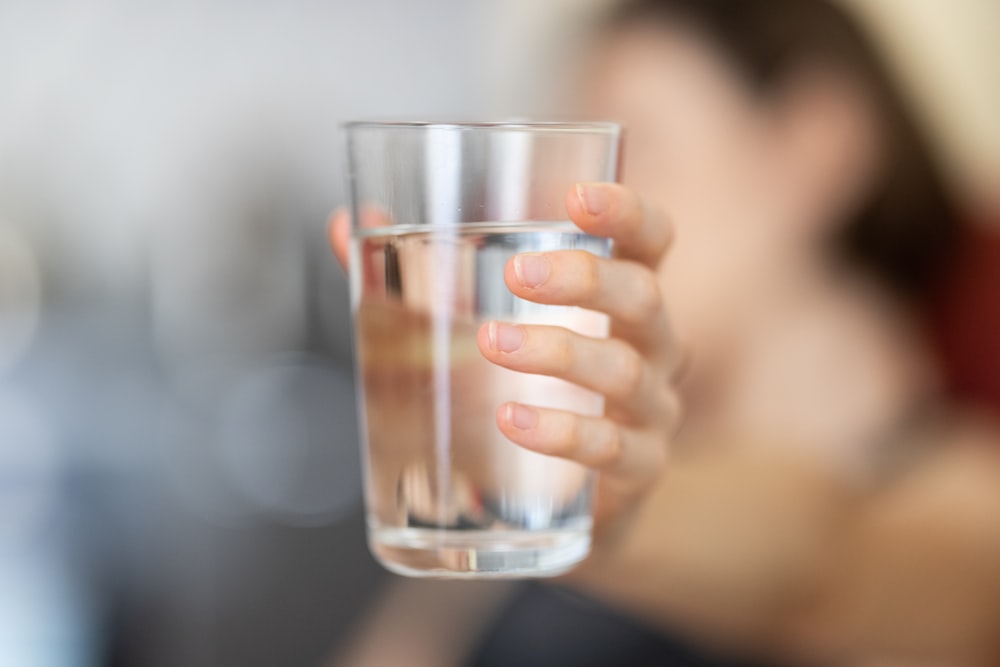
Many people are determined to adopt healthier habits this year, but few realize it’s actually micro habits that make all the difference. On October 16, 2018, the book Atomic Habits by James Clear hit the shelves. In 2020, it reached #1 on the New York Times bestseller list and has since sold over 3 million copies.
A little over a year after Clear’s book was published, on New Year’s Eve of 2019, BJ Fogg, Ph.D., released his book, called Tiny Habits. The insightful book Tiny Habits achieved similar success to Atomic Habits, making the New York Times bestseller list. It was also named Amazon’s Best Book in January of 2020, and Arianna Huffington called it ‘the biggest book of 2020’.
The message in the two books is remarkably similar: ‘micro habits’ (small, incremental changes) can add up and change your life. The two books I’ve mentioned on this subject differed mainly in their approach. Fogg’s book leans heavily on the scientific research behind habit formation, while Clear’s book takes a more motivational stance. In 2020, however, when the world shut down due to the pandemic, both books became a sort of instruction manual for people eager to take advantage of their newfound downtime by reevaluating the way they work, spend their free time, exercise, save money and more.

The Philosophy Behind Micro Habits
Changing your habits is easier said than done. Many of us make sweeping declarations on New Year’s Eve, on our birthdays, or after we go through something painful or challenging, like a break-up or a disappointment at work. There’s a problem here, though. Over the course of our lives, we become defined by our habits. Changing our habits is akin to changing our identity, which is a scary thing.
It’s also very challenging to change your habits. Let’s say the healthy habit you want to adopt is going for a walk after dinner. If part of your routine is watching something on TV while you clean up the dishes, that’s an automatic behavior. Once the dishes are done, the TV is still on, and the chances of you walking away from the TV to go for a walk outside are pretty slim. You therefore perceive yourself as someone who lacks willpower, berating yourself because you didn’t stick to your goal of taking a walk after dinner. From such a low point, you have little motivation to try again the next day.
As Clear explains, “If you’re having trouble changing your habits, the problem isn’t you. The problem is your system. Bad habits repeat themselves again and again not because you don’t want to change, but because you have the wrong system for change. You do not rise to the level of your goals. You fall to the level of your systems.”
This is where micro habits come in. Instead of trying to create a new, bigger habit (take a walk after dinner), maybe the micro habit you adopt is doing the dishes without the TV on. That micro habit could make all the difference.
From there, you build momentum towards the new life you want to create, to becoming someone who takes a walk after dinner.
Why Are Micro Habits Important?
We’ve already touched on how micro habits have a greater probability of being adopted than big, life-altering habit changes, but why is this the case?
Micro habits are small changes. That means they are easier changes to make, easier to keep, and yes, easier to break. The key here is that it’s a lot harder to make excuses for yourself for not keeping such a small intention.
When you try to pick up a big habit and then don’t, you’re breaking a promise to yourself. How let down do you feel when someone doesn’t keep their promise to you? When it’s yourself delivering that feeling, it’s detrimental to your self-esteem, and significantly lowers the odds that you will keep pursuing this path; you’re essentially (and wrongly) proving to yourself that you have no willpower, so why try again?
But, when you keep a very small promise to yourself, the shift in your thinking is huge. You tell yourself ‘I am someone who can make changes, I am true to my word, I can do this’.
This little shift in mindset snowballs. You kept your promise today, which proves that you can do it tomorrow, and the next day.
If a big change seems overwhelming and if setbacks are discouraging you time and again, adopting micro habits might just be what tips the scales in your favor.
The Science Behind Habit Building
In Atomic Habits, Clear references the 3 ‘R’s of habit formation: Reminder (or cue), Routine and Reward.
When we repeat a behavior often enough, we start to associate certain things about our environment with that behavior. The couch reminds us of TV, or we might reflexively reach for the ice cream when we open up the freezer. These are examples of a cue reminding us to engage in the habit.
However, we don’t always need to be reminded. Some habits become so ingrained in our minds that they become just a normal part of our routine. Your routine might be to come home after work and sit on the couch watching TV with a pint of ice cream, and you might have been doing it for so long that, thanks to a structure in your brain called the basal ganglia, it’s become an automatic behavior. Your basal ganglia help coordinate your movements, and they ‘talk’ to your frontal cortex in order to decide which movement is appropriate given the environment. However, if you’ve done something often enough, your basal ganglia don’t need to talk to the frontal cortex anymore; the behavior of walking through the door, sitting down and grabbing the remote has become automatic.
Finally, we come to the reward we receive after engaging in a behavior. In this case, watching TV or eating ice cream is rewarding you with a hit of dopamine, which humans love and don’t easily give up.

Some Micro Habits You Could Adopt
By and large, the habits people most want to change relate to their health, finances and leisure time. We want to eat better, be less sedentary during our downtime, save money and use our free time doing something other than staring at our phones. Those are all huge changes, and as we’ve seen, big change doesn’t happen overnight.
So, what are some micro habits (or more realistic goals) you can start doing today?
- Drink a full glass of water before reaching for a snack
- Put your small change in some kind of container at the end of the day, preferably one that requires a bit of effort to get anything out of
- Read three pages of a book before turning on the TV or unlocking your phone
- Write down something you’re grateful for first thing in the morning or right before bed
- Lay your gym clothes out the night before
- Tidy up as soon as you’re finished an activity
- Take a walk at the same time every day
- Turn your phone notifications off (or at least the social media alerts)
- Challenge yourself to stick to a weekly budget
If you have a hard time keeping it up, tie your new micro habit to an already well-established habit. For example, if you always sit in the same spot to watch TV, put your book on your seat or on top of the remote.
Using Micro Habits to Break Bad Habits
The reason why micro habits work for building new habits is exactly why they work when you’re trying to break bad habits, too.
Our bad habits are their own reward; if we didn’t get some kind of reward for the behavior we wouldn’t do it. So, if you want to break a bad habit, you need to make yourself work to get that reward.
For example, if your bad habit is beginning your day by scrolling Instagram in bed, one small change you can make is to keep your phone away from your bed at night. Move your charger and your phone to a different area, out of reach from your bed. Buy an old-fashioned alarm clock and put your phone on a desk or in your dresser while you’re sleeping. If you want to scroll, you’ll need to get up to do it.
If you’re trying to snack less often at night, keep your junk food in a cupboard that’s hard to get to and out of eyesight.
It’s possible your DNA test results indicated that you’re genetically more likely to have low appetite control, and genetically more likely to have a sweet tooth. Knowing information like this helps you make smart decisions such as no longer keeping sweets in the house. You’d therefore have to go for a drive to the store to get sweets.
If the work you need to do in order to get the reward isn’t worth the reward, eventually you will stop craving the reward. Why? Because you will associate the behavior with the work you need to do instead (such as the drive to the store.)
Over time, this sort of small change helps the formation of long-term, healthier habits.






Comments are closed.